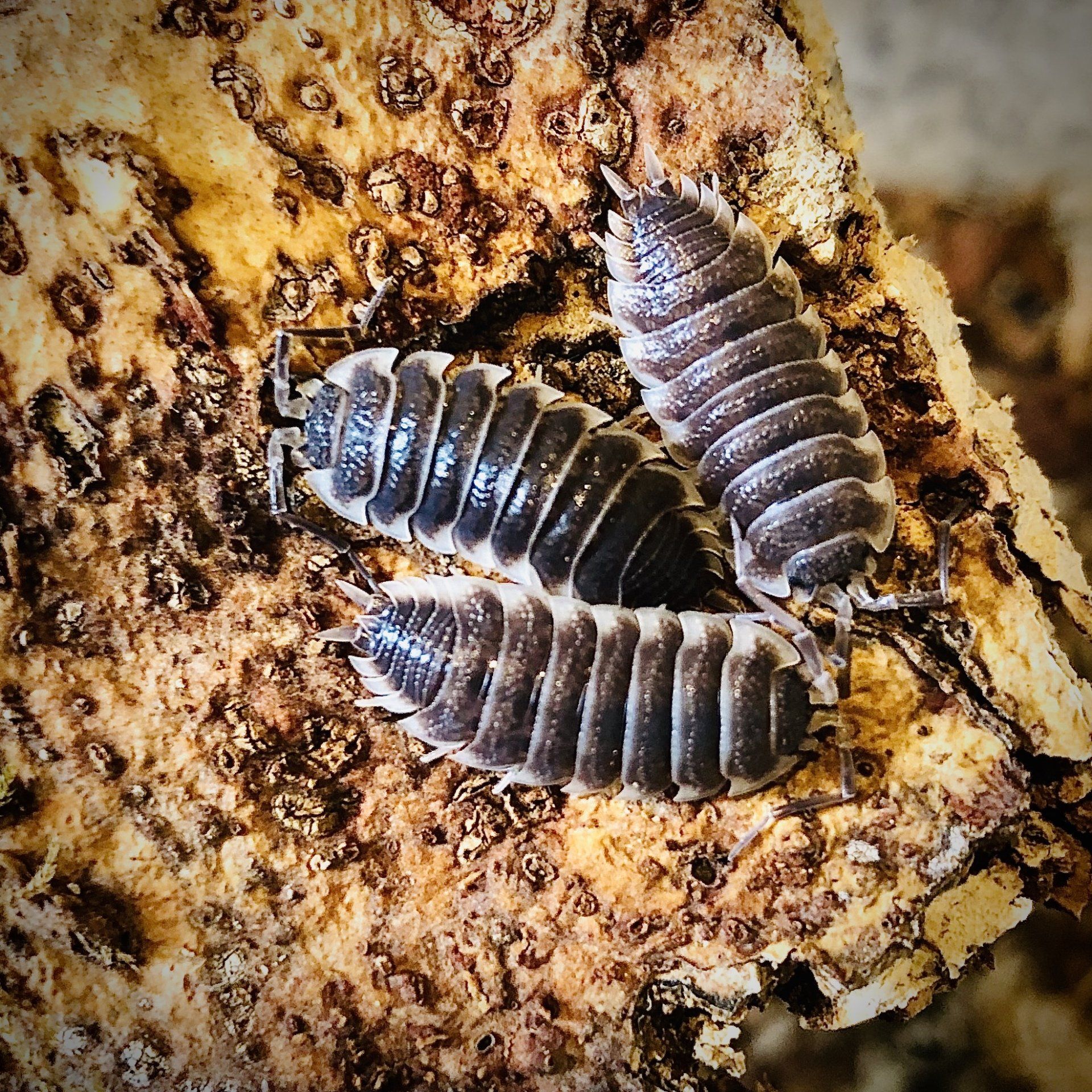So What Are Custodians?
The term custodian literally means ‘Caretaker’, and that is essentially what we use them for, the caretakers of our terrariums.
But… they are more than just caretakers; they are essential in creating a healthy self-sustaining ecosystem.
Bioactive custodians or 'clean-up crews' are great for consuming waste and recycling nutrients within a terrarium or enclosure. They will eat dead and decaying plant matter, rotting wood, faeces and some species like springtails will even eat mould. These tiny detrivores will break that waste down in to usable nutrients which our plants can then use to grow and flourish.
So, as well as keeping our terrariums clean, they are also providing an essential service!
Our custodians can also make a fantastic display species in themselves, with many thriving and breeding in open or vented terrariums
and many species can actually live together in the same terrarium making for excellent community displays.
ALWAYS MAKE SURE YOUR TERRARIUM IS VENTED BEFORE ADDING CUSTODIANS.
There are many types of custodian species that work in our terrariums including isopods, springtails, worms, beetles and millipedes. Below you can find out a little more about each of the types of custodian that can be useful in the terrarium.
Isopods
Isopods are a group of crustaceans that include woodlice and pillbugs, isopods can be found in both marine and fresh waters as well as
on land.
there are some 10,000+ species of isopod with over half of these being found on land and we are still discovering new species all the time. Infact some of the most sought after species are so new to science they have not even been given a scientific name yet!
Isopods make the perfect addition to our terrariums, they feed mostly on decaying wood and leaves and will also eat the faeces of other animals, breaking these down into usable nutrients for our terrarium plants. Most species are easy to care for requiring no extra heating or lighting and only minimal supplementary feeding.
Many species will breed readily, carrying their young in marsupial like pouches until they are ready to fend for themselves. Some species will also show very high levels of parental care,which is fascinating to watch.
Some species are very showy, whilst others shy away from light, they can vary considerably in size, shape and colour. in recent years hobbyists have even begun to create new colour strains called 'morphs', these morphs have been selectively bred over generations to improve colour and shape.






